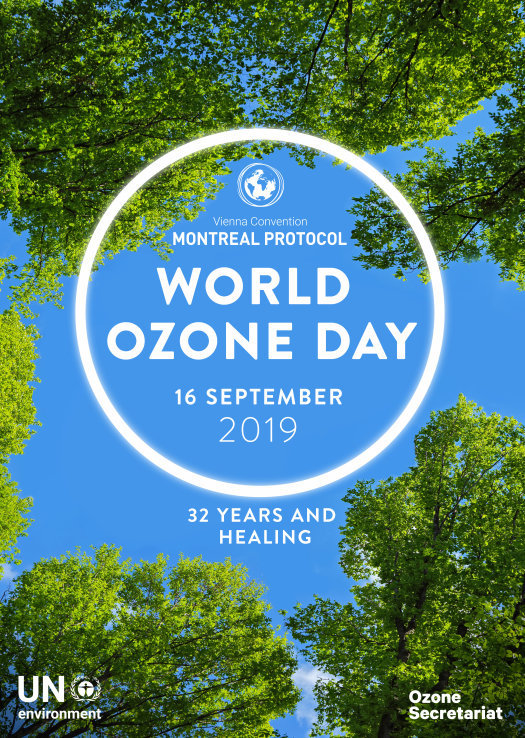Since 1994, the United Nations observes every September 16 as International Day for the Preservation of the Ozone Layer, or “World Ozone Day,” as a means of raising awareness over protecting that specific layer of the Earth’s stratosphere.
According to the University Corporation for Atmospheric Research, based in Boulder, Colorado in the United States, the ozone layer absorbs ultraviolet light, which could be harmful to life on Earth, including humans.
Over the years, studies have found portions of the ozone layer have become thinner, such narrow areas are sometimes referred to as “holes.”
In 1987, the UN drafted the Montreal Protocol, which sought to phase out the production and consumption of certain ozone-depleting substances, including chlorofluorocarbons, or CFCs, which were once used for aerosol cans but later banned in several countries. A few years ago, hydrofluorocarbons, or HFCs, which are found in air conditioners and refrigerators, were added to the list.
“The Montreal Protocol is both an inspirational example of how humanity is capable of cooperating to address a global challenge and a key instrument for tackling today’s climate crisis,” said UN Secretary-General António Guterres. “Under this international treaty, nations have worked for 32 years to slash the use of ozone-depleting chemicals, used largely by the cooling industry.”
“As a result, the ozone layer that shields us from the sun’s harmful ultraviolet radiation is healing,” he added. “As we rightly focus our energies on tackling climate change, we must be careful not to neglect the ozone layer and stay alert to the threat posed by the illegal use of ozone-depleting gases.”/WDJ


